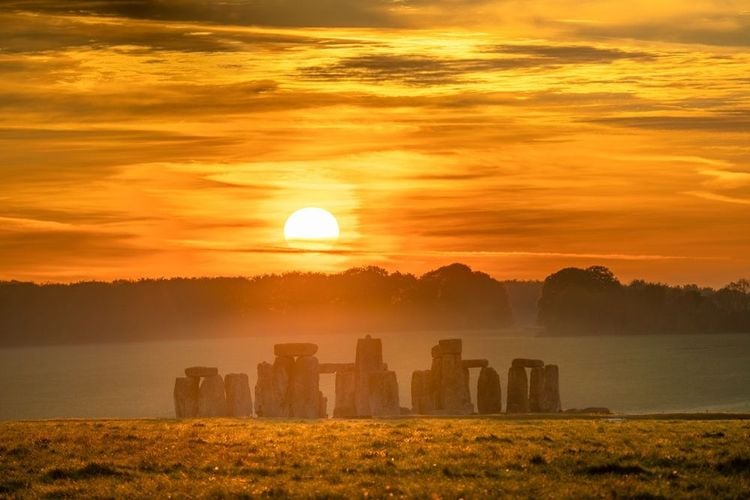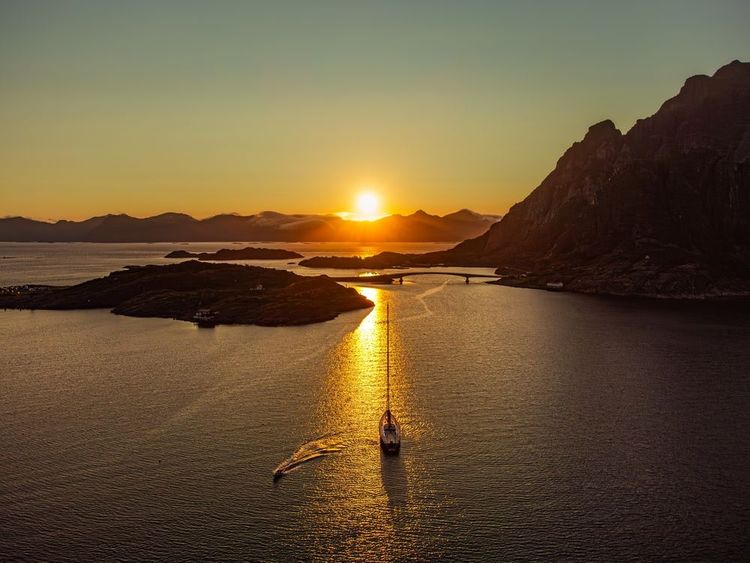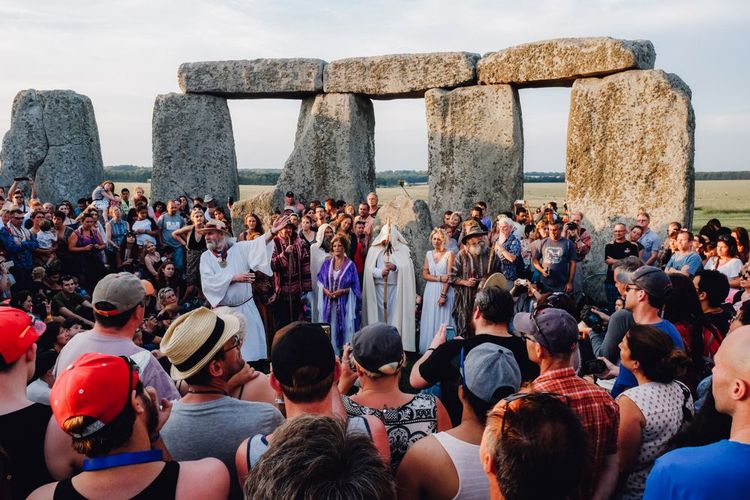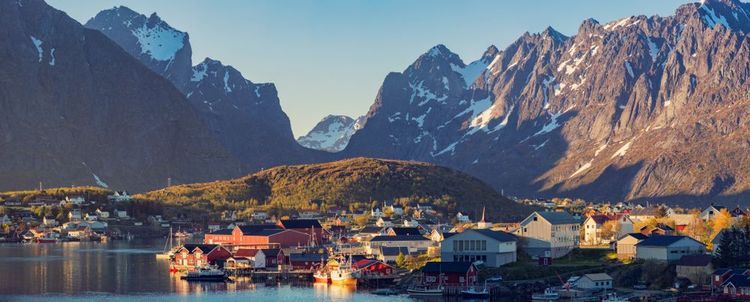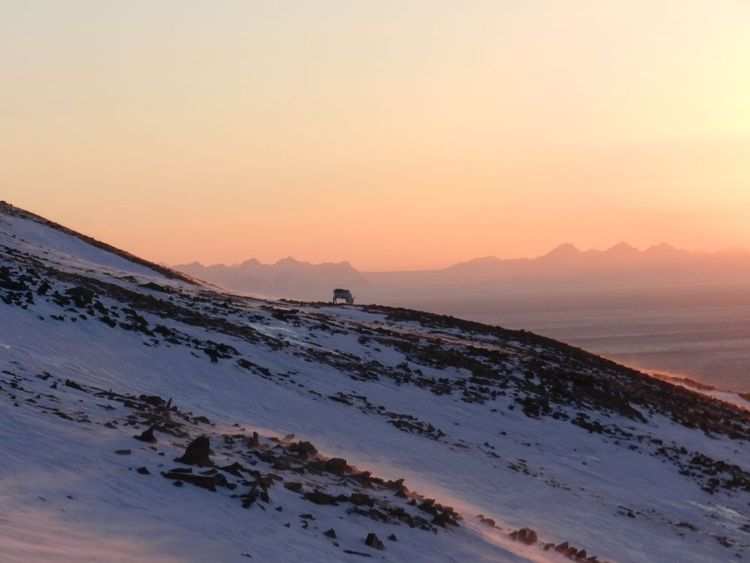Scientifically the summer solstice occurs when the sun is at the highest point in the sky, which is “when one of Earth’s poles has its maximum tilt toward the Sun”. Technically, it is also considered as the longest day of the year. It usually takes place on June 20 or 21, depending on the year, as the astronomical year is not in whole days but represents 365.25 days.
The linguistic meaning of solstice is “sun standing still” in Latin, and this is probably why the summer solstice is the day of the year when there is the most daylight. But how many hours of natural sunlight does that represent? Well, that depends on where you are situated. It can be between 12 and 24 hours of sunlight, depending on your location. The luckiest people are those north of the Arctic Circle, as the sun stays above the horizon throughout the day.
